Function Description of BMP280 Chip
1. General Introduction
The BMP280, developed by Bosch Sensortec, is a highly advanced digital sensor designed for precise environmental monitoring. It is widely used in various applications due to its small size, low power consumption, and high – performance sensing capabilities.
2. Sensing Functions
2.1 Pressure Sensing
- Measurement Range: The BMP280 can accurately measure air pressure within a wide range from 300 hPa to 1100 hPa. This range corresponds to altitudes from approximately – 500 m to 9000 m above sea level. For example, in high – altitude mountainous areas where the air pressure is relatively low, or in deep – valley regions with relatively high air pressure, the BMP280 can still function effectively.
- Accuracy: It offers remarkable accuracy in pressure measurement. The absolute accuracy is ±1 hPa, and the relative accuracy can reach up to ±0.12 hPa, which is equivalent to a height resolution of about ±1 m. This high – level accuracy makes it suitable for applications that require precise pressure data, such as weather forecasting stations where small changes in air pressure can indicate significant weather changes.
2.2 Temperature Sensing
- Temperature Range: The sensor is capable of measuring temperatures in the range of – 40 °C to +85 °C. Whether in extremely cold polar regions or hot desert environments, the BMP280 can operate and provide reliable temperature readings.
- Accuracy: It can measure temperature with an accuracy of ±1.0 °C. This level of accuracy is sufficient for many applications, including environmental monitoring, where temperature data is crucial for analyzing climate conditions.
3. Communication Interfaces
3.1 I2C Interface
- Protocol Compatibility: The BMP280 supports the I2C (Inter – Integrated Circuit) communication protocol, which is a widely used serial communication protocol. It allows for easy connection to microcontrollers and other devices. The I2C interface uses only two wires: a serial clock line (SCL) and a serial data line (SDA).
- Data Transfer Rate: It can operate at I2C frequencies of up to 3.4 MHz, enabling relatively fast data transfer between the sensor and the host device. This speed is beneficial for applications that require real – time data acquisition, such as in some high – speed environmental monitoring systems.
3.2 SPI Interface
- SPI Support: In addition to I2C, the BMP280 also supports the SPI (Serial Peripheral Interface) protocol. SPI is another popular serial communication protocol, especially in systems where high – speed data transfer and multiple – device connectivity are required.
- Interface Configuration: The SPI interface of the BMP280 can be configured in 3 – wire or 4 – wire modes, with a maximum clock frequency of up to 10 MHz. In a 4 – wire SPI configuration, it uses a chip select line (CSB), a serial clock line (SCK), a master – in – slave – out line (MISO or SDO), and a master – out – slave – in line (MOSI). The higher clock frequency of SPI compared to I2C makes it suitable for applications that demand rapid sensor data retrieval, like in certain high – performance drones where quick altitude and temperature updates are necessary for flight control.
4. Power – Related Features
4.1 Low Power Consumption
- Operating Current: The BMP280 has a very low power consumption, with a current consumption of only 2.7 μA at a 1 Hz sampling rate. This makes it an ideal choice for battery – powered devices such as wearable fitness trackers, smartwatches, and portable weather stations. These devices can operate for long periods without frequent battery replacements or recharges due to the sensor’s energy – efficient design.
- Power Supply Voltage: It can be powered by a voltage source in the range of 1.71 V to 3.6 V, which is compatible with common battery chemistries used in portable electronics, such as lithium – ion batteries.
5. Other Features
5.1 Built – in Temperature Compensation
- Stability in Different Temperatures: The BMP280 has a built – in temperature compensation mechanism. This ensures that the pressure and temperature measurements remain accurate even when the ambient temperature changes. For example, in a location where the temperature varies significantly throughout the day, the sensor can still provide reliable pressure and temperature data, which is essential for applications like weather monitoring and altitude measurement in outdoor activities.
5.2 Filtering Function
- Enhanced Data Stability: It is equipped with an IIR (Infinite Impulse Response) filter. This filter helps to reduce short – term fluctuations in the measured data, providing more stable and reliable readings. In a windy environment where the air pressure may experience rapid, small – scale changes, the IIR filter can smooth out these fluctuations, giving a more accurate representation of the actual air pressure.
6. Application – Oriented Functions
6.1 Altitude Measurement
- Principle: Since air pressure decreases with increasing altitude, the BMP280 can be used as an altimeter. By accurately measuring the air pressure, it can calculate the altitude with an accuracy of approximately ±1 m. This function is widely used in aviation, such as in drones for maintaining a stable flight altitude, and in outdoor navigation devices for hikers and climbers to keep track of their elevation changes.
6.2 Weather Forecasting
- Predicting Weather Changes: Continuous and accurate measurement of air pressure by the BMP280 is crucial for weather forecasting. A drop in air pressure often indicates the approach of a low – pressure system, which may bring cloudy, rainy, or stormy weather, while a rise in pressure may suggest improving weather conditions. Weather stations around the world use such sensors to collect data for weather prediction models.
6.3 Indoor Navigation
- Floor Detection: In multi – story buildings, the BMP280 can be used to detect the change in air pressure between different floors. This feature enables indoor navigation systems to determine the user’s floor level accurately. For example, in large shopping malls or office buildings, it can assist people in finding their way between different floors more easily.
6.4 Health – care Applications
- Respiratory Monitoring: In some health – care devices, such as spirometers used to measure lung function, the BMP280 can be employed. It can measure the pressure changes associated with breathing, providing valuable data for medical professionals to assess a patient’s respiratory health.


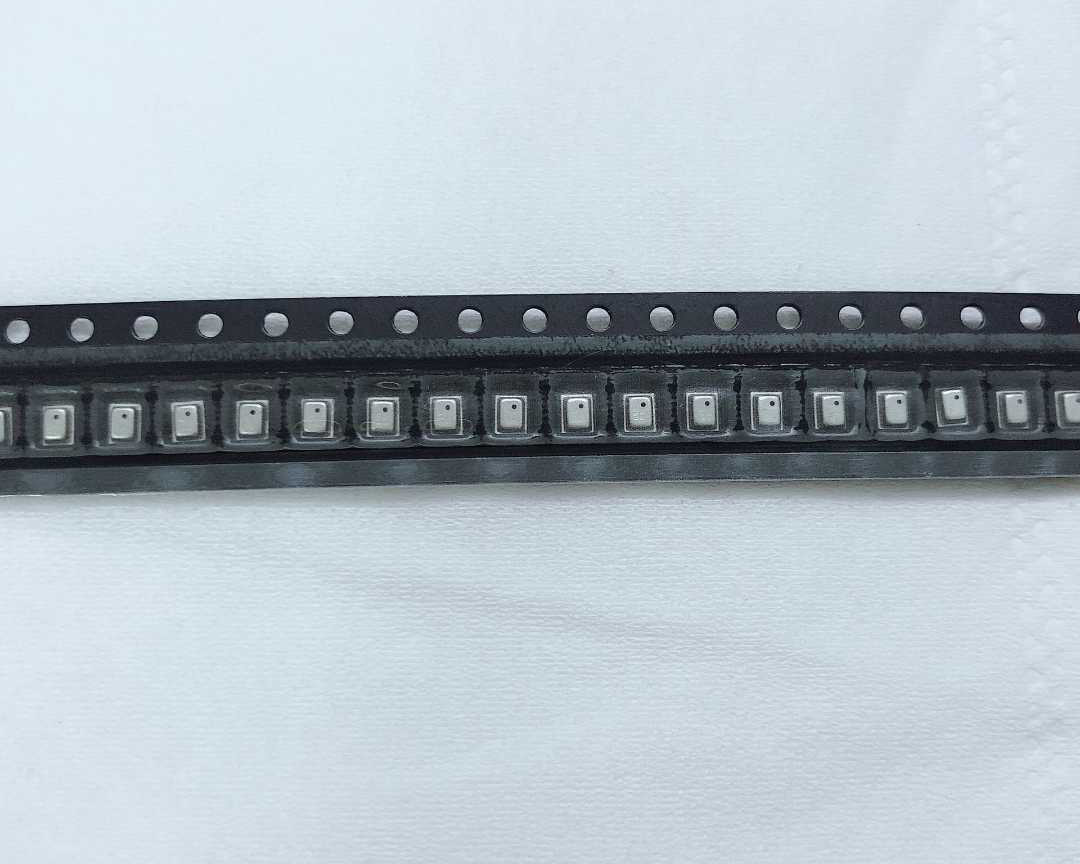


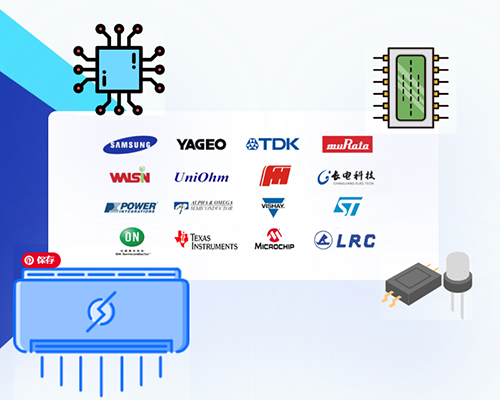

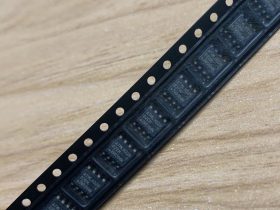
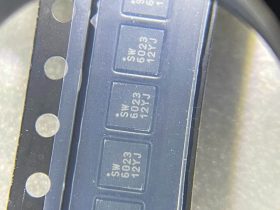
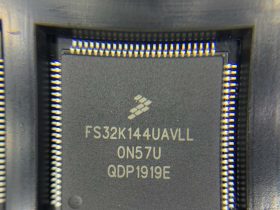
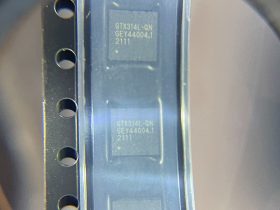
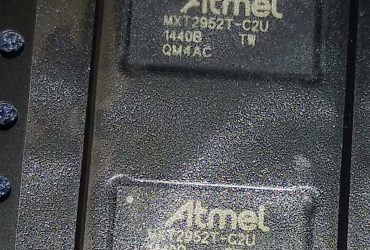

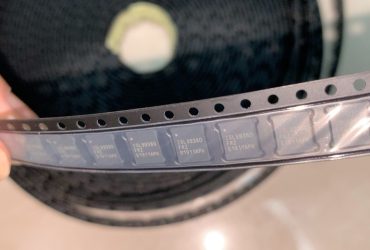

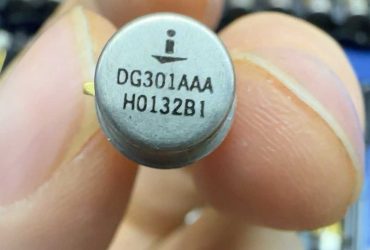
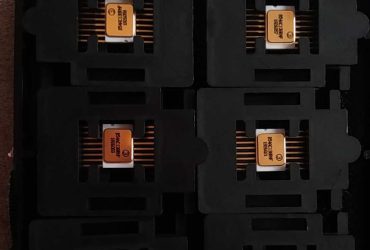
Leave a Reply